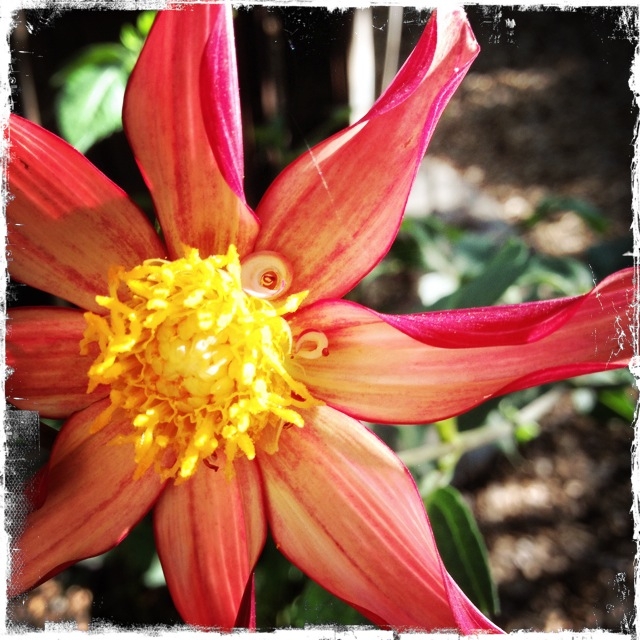Bulbs: It's Not Too Late to Plant Them
Even in the middle of winter, we know that spring can't be far behind. We see those delicious leaves from the bulbs we planted years ago just push up and out of the soil and our first hope of that welcome, warmer season dares to fill us with wonder and expectation.
But, all this color and promise takes a bit of forethought. While our local nurseries tell us that the time to plant our bulbs is in the fall in order to reap the benefits of spring bulbs, with a bit of planning, we can have the magic of bulbs poking up and flowering in our gardens all growing season long.
Bulbs are among the easiest plants to grow. By carefully selecting varieties with a range of bloom times, our gardens can broadcast color from spring through fall.
Before we go further, we need to recognize that what we call “bulbs”, actually fall into six categories:
- THE TRUE BULB: a swollen, underground stem on a solid, compact fleshy stem—(basal plate), surrounded by fleshy leaves or scales that protect and store food for the embryonic plant. The outer scales are dry and form a papery covering or “tunic”. Examples are amaryllis, daffodil, Dutch iris, hyacinth, muscari, lily and tulip.
- RHIZOME: A thickened, horizontal stem which grows partially or completely underground. The roots grow from the underside and the main growing area is the tip—although some growing points may form along the rhizomes' length. Rhizomes include bearded iris, canna, and calla lily.
- CORM: A swollen, underground stem base of solid tissue—which is different than a bulb's scales—with a basal plate from which roots grow. The growth point is on the top of the corm and they have “tunics” consisting of dried bases from the previous year's growth. Corms include crocus, freesia, gladiolus, ranunculus, and watsonia.
- TUBER: a swollen, underground stem base with no basal plate, or compact fleshy stem. Their roots grow from all sides and there are multiple eyes or buds distributed over the upper surface, where the plants emerge. Examples are begonia, cyclamen, and anemone.
- TUBEROUS ROOT: thickened roots that specialize in storing nutrients. Growth buds are at the bases of the old stems rather than on the tuberous roots. Dahlias are tuberous roots.
- FLESHY ROOT: nutrients are stored in the fleshy roots. Peony and daylily are fleshy roots.
Now that we know the differences, we can understand that fall isn't the only time to plant our “bulbs”.
We can begin planting right now in January and February and beyond!
Here are—A-Z--some examples of what and when we should plant each of the six categories described above and, most wonderfully, when we can expect to see “the blooms of our labor”.
- Amaryllis-naked lady-- bulb: plant in February for summer bloom.
- Begonia—tuber: plant March-May for bloom summer-fall bloom.
- Calla—rhizome: plant through April for spring-summer bloom.
- Crocosmia—corm: plant in February for spring-summer bloom.
- Dahlia—tuberous root: plant February-May for summer-fall bloom.
- Gladiolus—corm: plant February-April for Spring-fall bloom.
- Lily—bulb: plant February-March for summer-fall bloom.
- Tuberose—rhizome: plant February-April for summer-fall bloom.
- Epharanthes: bulb: plant anytime for summer-fall bloom.
I, for one, am off to start the New Year by planting more “bulbs” in anticipation of the surprise of those underground wonders popping up with their riot of color almost all year long.

Dahlia. photo by Jennifer Baumbach

